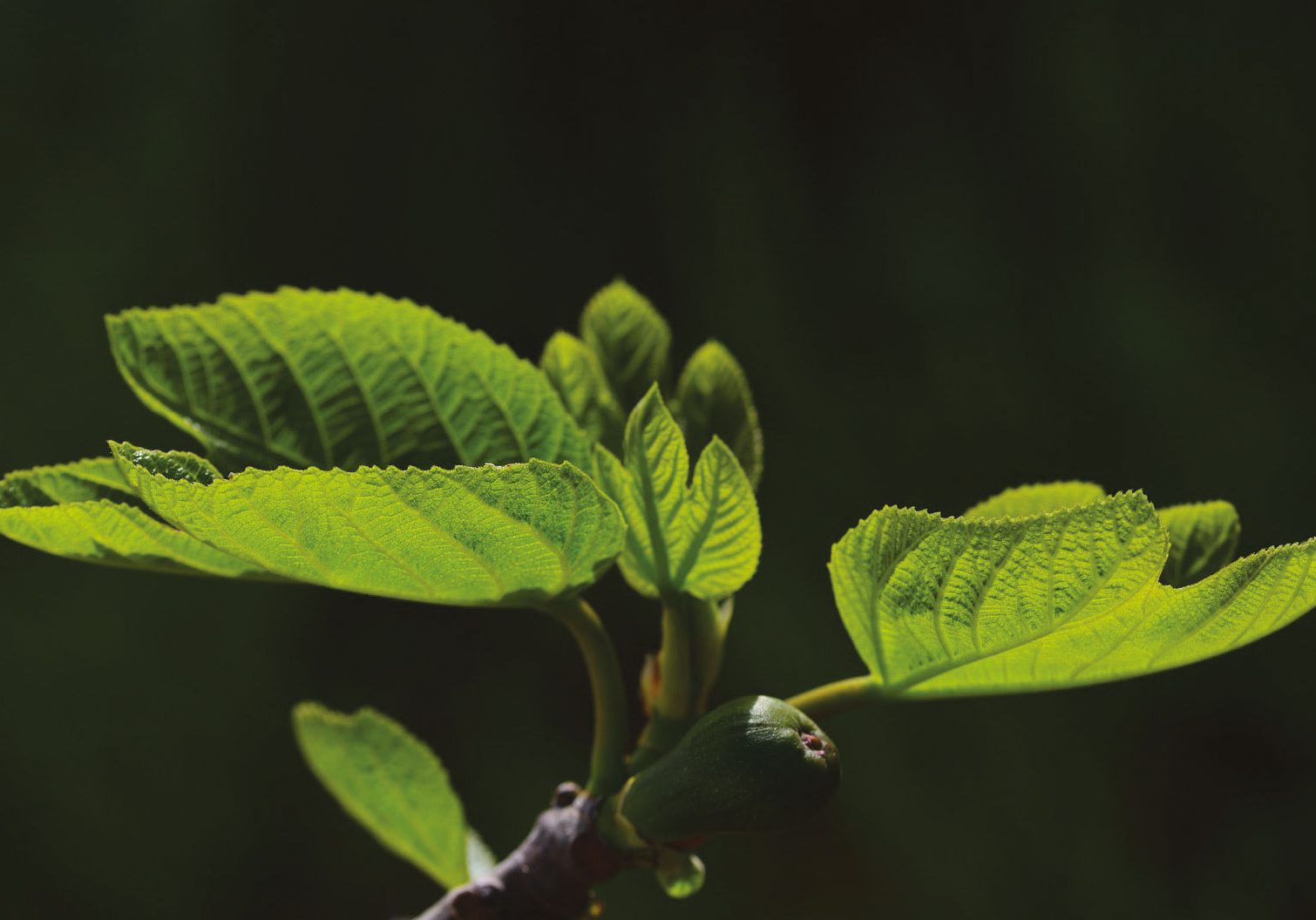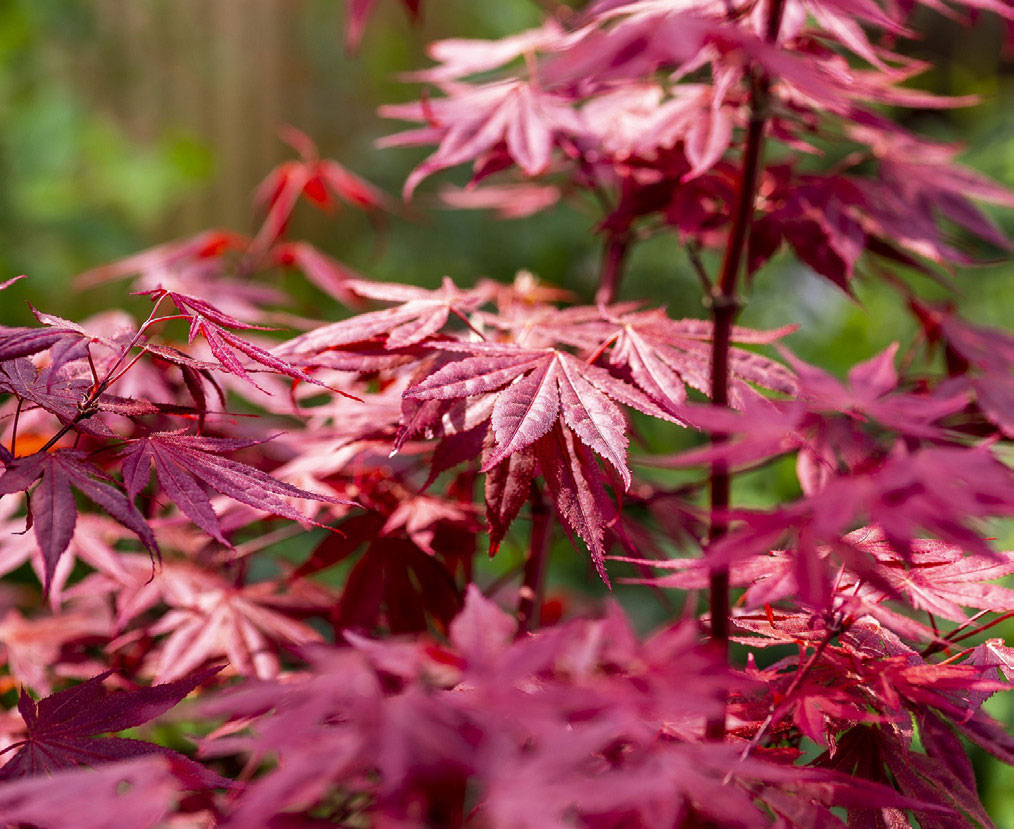
Plant a Tree
by Northern Life
The British Garden Centres take a look at the best trees for your outdoor space.
Plant a tree in your garden and it can contribute significantly to the health of the ecosystem, providing food and shelter for wildlife, improving air quality, and enhancing the overall aesthetic appeal of your outdoor space.
Where to plant a tree
Before planting trees, make sure that they are suitable for your garden’s soil and climate. Consider the growth characteristics of the trees, such as height and spread, to ensure they fit well within the available space. Make sure you dig a hole that is the depth of the root ball for your tree, plant and then stake to protect against the elements and wind.
Choosing your container If you’re planning to plant trees in containers, we suggest using pots that are about 50cm in diameter. Your local British Garden Centres store will have an array of large pots that are perfect with our knowledgeable team able to advise you which is best for your tree. Make sure the pot you choose is sturdy and durable, made of insulated materials such as terracotta or wood, and can withstand frost and cold weather.
When selecting a spot for your container and tree, choose a sheltered area that is easy to access, as it will be difficult to move once planted. Fill the container halfway with loam-based compost and add some bone meal to promote root establishment. Place the tree in the pot and continue to fill it with more compost, gently firming it down as you go. Remember to water the tree well and place the container on pot feet to aid drainage in the wetter, winter months.
Choose the right tree
Fruit trees

Dwarf rootstock apple trees thrive in both flower beds and containers. Our preferred varieties, such as ‘Cox’s Orange Pippin’, ‘Golden Delicious’, ‘Greensleeves’, ‘Hereford Russet’, and ‘Red Windsor’, are chosen for their aromatic, juicy fruit with distinctive flavour.
“Dwarf rootstock apple trees thrive in both flower beds and containers.”
When selecting a pear tree, the ‘Concorde’ or ‘Conference’ variety is the ideal choice for a patio container. It is a naturally compact, self-fertile tree that yields a bountiful harvest of fruit. Figs flourish when confined in a container, resulting in increased fruit production. Their attractive large lobed leaves make them a decorative and low-maintenance tree. ‘Brown Turkey’ is widely grown in UK gardens and is known for its prolific fruiting.
Ornamental trees

Japanese maples and acers are small, deciduous trees that are well-known for their stunning display of bright red and orange-coloured leaves during autumn. To ensure optimal growth, make sure to place the plant in a location that is sheltered from strong winds and direct sunlight, and water it regularly during summers to prevent it from drying out.
“Acers are small, deciduous trees known for their stunning red and orange leaves during autumn.”
Since they grow slowly and stay compact, pruning is usually unnecessary, but it’s recommended to remove any dead or diseased branches. If you’re interested in other types of trees, there are flowering cherries, magnolias, and weeping willows to consider, which offer a variety of leaf sizes, shapes, and colours. Some trees bloom magnificently in the spring, while others showcase brilliant autumn foliage.
Evergreen trees

Conifers are an excellent option for low-maintenance yet attractive garden landscaping. They provide year-round colour and come in a diverse range of shades, textures, shapes, and sizes, making them highly versatile. Many of these conifers can be grown successfully in containers as well as in the ground, which is a great way to create focal points in an outdoor area. For example, Cupressus Wilma is an ideal option with a lemon scent that can be enjoyed by brushing against the foliage. On the other Cypress Baby Blue will illuminate pots with its silver-blue sprays, and other trees including pine, spruce, and cedar will provide endless greenery.
Bay trees are renowned for their fragrance and are widely used in topiary. A potted bay tree is a stylish and aromatic addition to a kitchen garden, and its leaves are great for picking all year round for cooking. It also adds a feature statement when framing doorways, patios, or balconies. However, well-drained soil is essential for a happy bay tree, so it’s recommended to place it on pot feet to aid drainage. Pruning is best done during the summer, and they will need to be kept snug with horticultural fleece or bubble wrap if the temperature drops below -5°C in winter.
“Bay trees are renowned for their fragrance and are widely used in topiary.”
Julian Palphramand, Head of Plants at British Garden Centres said: “By planting the right trees in your garden, you not only enhance your garden but also play a vital role in supporting the ecosystem. Whether you choose fruit trees, flowering trees, shade trees, or evergreen trees, each selection adds value to your garden and the environment as a whole.
NorthernLife Jan/Feb 24




